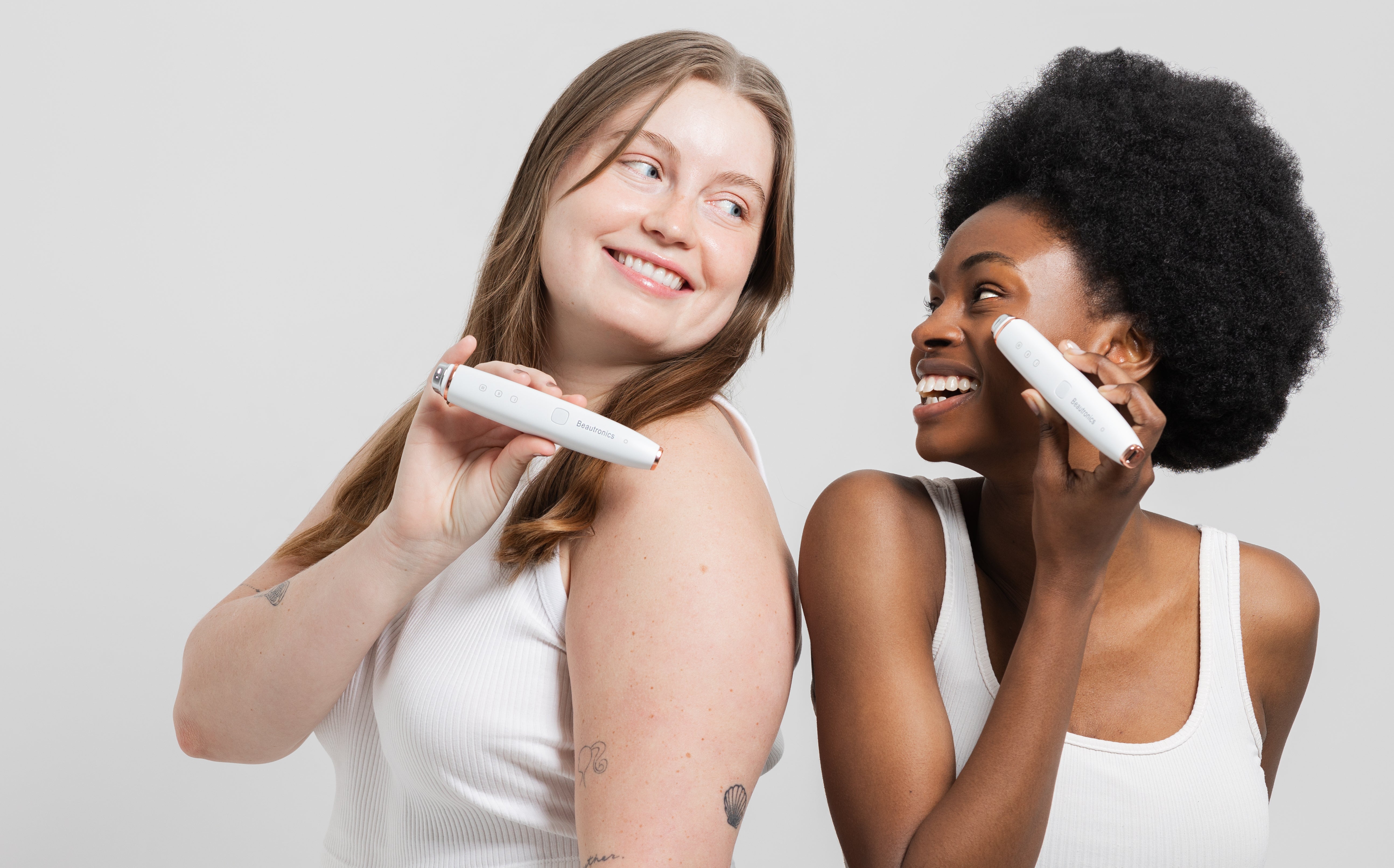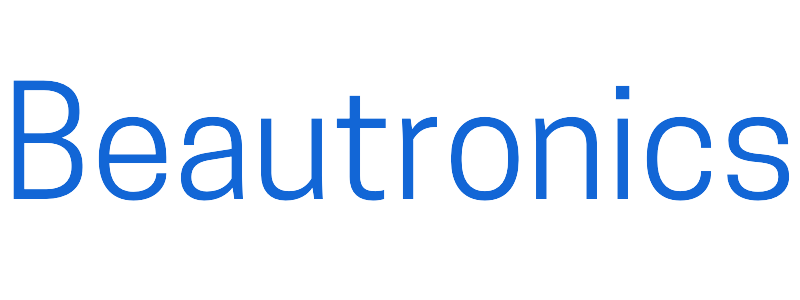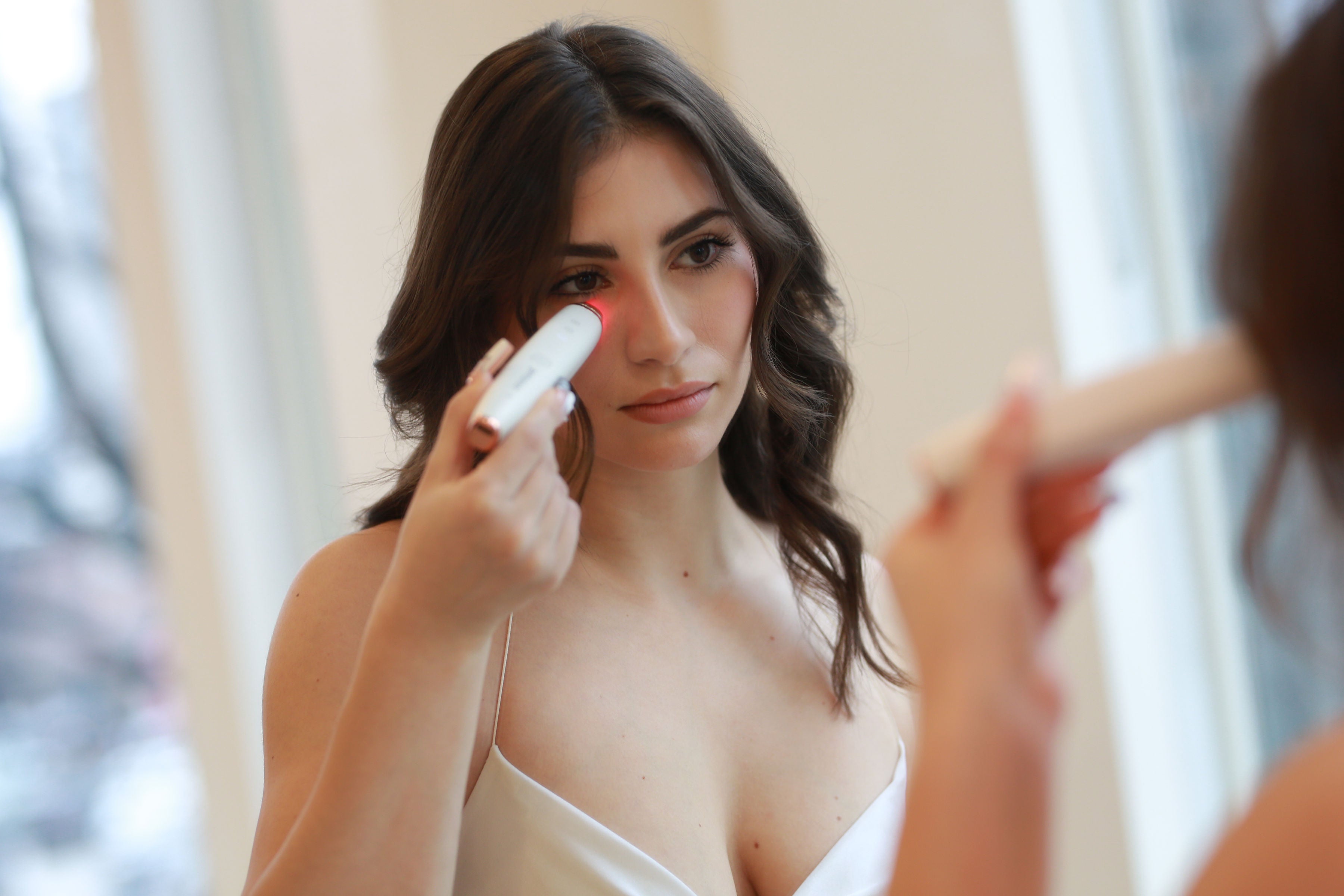March 16th, 2022

Radio-Frequency Clinical Research
Beautronics Radio-Frequency Clinical Research
The Science
Radio-frequency is a type of energy source that is measured in wavelengths. This type of wavelength is measured from 450-600 kilohertz for skin tightening benefits, which is on the slower end of the radiofrequency spectrum. This type of wavelength is slower than most energy sources, making it an extremely safe and viable option for skin tightening.
As an energy source, radio-frequency produces heat. This heat penetrates deep within the skin's layers and heats the skin up to 50-75 degrees Celcius (122 - 167 degrees F) which allows the skin to produce heat shock proteins, which then stimulates collagen and elastic production, resulting in tighter and firmer skin.
Why is collagen important in reducing wrinkles and fine lines? Collagen is the glue of the skin that holds it together and ensures plumpness and elasticity of the skin. As we age, collagen is decreased. Other reasons for collagen reduction is sun damage, smoking, and other environmental factors.
"RF devices are a safe and effective treatment option for non-invasive skin tightening." -Journal of Cosmetic and Laser Therapy, 2015.
Peer Reviewed Studies on Radio-Frequency
Non-invasive radio-frequency is consistently studied for consumer demand. A study published by Seminars in Cutaneous Medicine and Surgery(1) in 2013 came to the conclusion that the tested radio-frequency device had skin tightening and tissue heating properties. The science behind radio-frequency is explained in this study by exciting the molecules to create a heating effect on subcutaneous tissue and collagen. The collagen that was heated was often remodelled to have skin tightening effects on the subject. It is also noted that this study promotes the safety of radio-frequency devices, and deemed effective to treat sagging and loose skin. Loose and sagging skin can also contribute to fine lines and wrinkles, which make radio-frequency a perfect technology to target these skin concerns.
Another study published by Facial Plastic Surgery(2) in 2014 mentioned that radio-frequency uses electric current as an energy source rather than light and laser to provide energy to tissues. This results in the thickening of collagen fibres. Satisfaction of patients using radio-frequency was extremely high. Although radio-frequency does not replace surgical procedures, patient satisfaction remained amongst users of the technology, citing that they saw extreme positive results.
A study done for the Cosmetic Journal of Cosmetic Dermatology(3) in 2011 states that they had 30 patients use a radio-frequency device, and 86.7% of patients had good results or better on the Fitzpatrick Wrinkle Scale, seeing a decrease of two or more grades on the scale itself. It has proved that consistent use of the radio-frequency device provided skin tightening benefits.
A study published in the Journal of Cosmetic and Laser Therapy(4) in 2015 state that all participants evaluated by physicians saw significant improvement in skin tightening and saw no observed side effects, pain, or adverse events. The study came to the conclusion that radio-frequency was deemed an effective and safe treatment for non-invasive skin tightening
In a more depth look into radiofrequency, a study was done for the Journal of Cosmetic Dermatology(5) with 30 individuals testing out radiofrequency on their face. A blinded, independent photographs assessment of three dermatologists demonstrated an average reduction of 1.49 Fitzpatrick scores (P < 0.001). Analysis revealed improvement (downgrade of at least 1 score) in almost all subjects. No unexpected adverse events were reported. High satisfaction with the device operation, ease of treatments, safety, and wrinkle reduction was reported.
References
1. Weiss, R., 2013. Noninvasive Radio Frequency for Skin Tightening and Body Contouring – SCMSJournal.com. [online] SCMSJournal.com. Available at: <https://www.scmsjournal.com/article/abstract/noninvasive-radio-frequency-for-skin-tightening-and-body-contouring/>
2. Green, J. and Greene, R., 2014. Skin Tightening Technologies. [online] Theime E-Journals. Available at: <https://www.thieme-connect.com/products/ejournals/html/10.1055/s-0033-1363756>
3.Harth, Y. and Lischinsky, D., 2011. A novel method for real-time skin impedance measurement during radiofrequency skin tightening treatments. [online] Available at: <https://onlinelibrary.wiley.com/doi/abs/10.1111/j.1473-2165.2010.00535.x?casa_token=OL-6YzVg_JYAAAAA:15PRxFqr82VztO863LJQz9t0hI2Nu-7PBIq31aS8TJHxQjo-gvkuchRpQVj-4XXsotQcxv9QgKRtIeQ>
5.Gold, M. H., Biron, J., Levi, L., & Sensing, W. (2017). Safety, efficacy, and usage compliance of home-use device utilizing RF and light energies for treating periorbital wrinkles. Journal of cosmetic dermatology, 16(1), 95–102. https://doi.org/10.1111/jocd.12299
Written by Beautronics. This article is copyrighted and protected by law.


